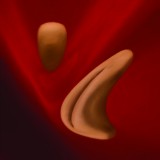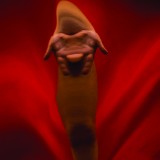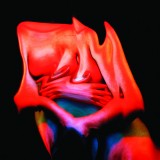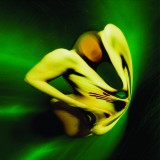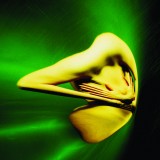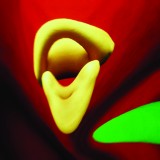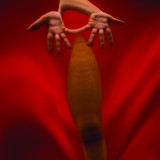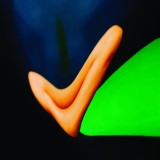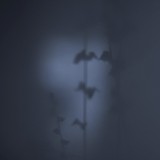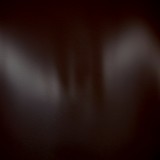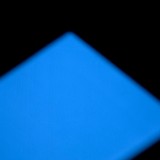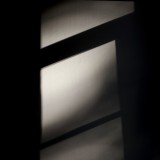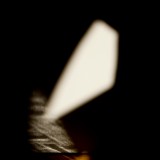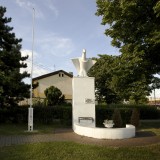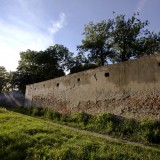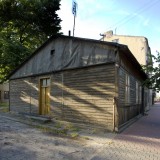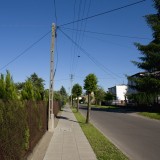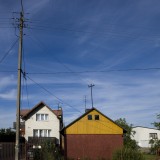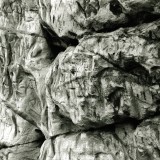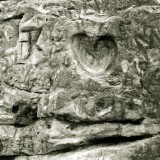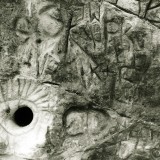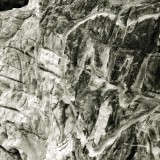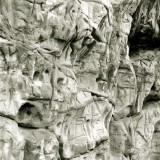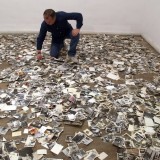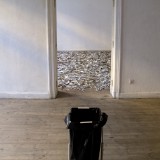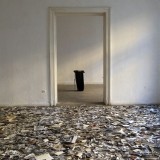Tomasz Komorowski
born 1961 in £ód¼. In 2003 he graduated from the Film School in £ód¼, where he also received his Ph.D. and got tenured from photography. He is currently a lecturer at the Film School and also works in the Film Museum in £ód¼. He belongs to the St. George Artist Society and to the Art and Documentation Association. In addition to artistic photography he also focuses on artistic documentation, advertising photography and photographic report.
The most important aspect of photography for Komorowski is the opportunity to challenge the concept photography as a realistic, representative medium. A registering tool such as the camera is for him at the same time a creative tool. In the year 2000 in the Ma³a Gallery of the CCA at the Polish Photographers’ Association in an exhibition entitled On the Photograph, he presented a series of photos of naked bodies (nudes) created using fairground mirrors. The technique referred to a series of works by Andre Kertesz entitled Distortions, which was made by Kertesz in the early 30’s. Komorowski's photographs are almost abstract, oval forms in which only details such as the fragment of a hand or jewellery suggest a reference to reality. Forms achieved by the photos evoke associations with hot abstraction, having nothing to do with randomness. The artist creates imaginary works out of female bodies and calls them ‘spontaneous reality’, without meaning and ascribed intention. He allows the viewer to judge whether this is the truth or an artistic perspective. In one of the texts preceding his exhibition he wrote: “… I rejected everything associated with copying and describing reality and gave full freedom to that which is Elementary and Spontaneous…” The artist pays a lot of attention to the photographic workshop process and the ability to operate with light in order to achieve an intended effect. It’s worth noting that Komorowski does not use computer techniques. The series is also characterised by a vivid and contrasting but noble use of colour. Shapes which appear in Komorowski’s works are close to the sculptural forms of Hans Art and Henry Moore. The artist often presents a few works from the same series together so one can see emerging changes in the primary form, as if he was modelling the original structure in various ways using light and lens. Another aspect of Komorowski’s works is the use of three-dimensional photography. This can be seen in the series with a tautological title Rocky Rocks (the exhibition was entitled A Touch of Reality). It was a series of photographic reliefs in which the artist photographed a specific form that existed in reality but at the same time appeared limitless and its shape difficult to define. The convex and concaved forms of the rocks were in these works at the same time illusory in photography and tangible in relief. This created an unreal reality. The predominant issue within this series of seventeen works was the two-dimensionality of photography and its possibility of creating an illusory space.
The series Sunday Afternoon is, as Komorowski says, a kind of reference to his family town, the place where he grew up. This is a subject that every artist may touch in a way which is closest to him/her. Komorowski choses photography which is the medium in which he expresses himself the easiest. In these works in which he presents various sites within Koluszki we do not see the idyllic atmosphere suggested by the title. The artist photographs the places of his childhood – a shop, a park, a wall that he was afraid to pass at night as it was very dark there. A water tower – a mysterious, inaccessible place with a strange structure became for the child not only a puzzling and unattainable place, but also inspired his infinite imagination about its possible “truth”. The places photographed are empty, they give the impression of being dead, abandoned as if the lens of the camera ruthlessly deprived them of a sentimental layer and time that has passed. The photos could be included in the formula of “empty time” by Raymond Depardon (le temps faible). Within such photography, according to Depardon, nothing is happening, there is nothing interesting, no culmination point, unusual light or colour, ray of sunshine, chemical manipulations… but this past world is very important for the artist himself and the fact of undertaking such a topic in itself says much about the weight of experiences from childhood which shape a later recognition of the world. A child’s fears, phobias and fascinations stay long and deep in the mind.
In the work entitled Wall, Komorowski engages with the medium of photography in connection with installation art. In order to see this work one must be on the inside of it. We are then under the impression that we are surrounded by a high brick wall. Wall is a fourteen-meter foil print stretched on a ring. Influenced by the natural flow of air and the movement of the viewers, the wall gently waves and disturbs our perception of reality. The viewer here “enters” inside of the photo. He/she is closed in a claustrophobic space, lit by a weak light coming from a centrally placed bulb. The viewer is supposed to be appropriated by the photograph, trying to fight with it and to either feel at one with the object or (more often) escape and exclude oneself from it.
As part of the Photofestival 2012 Komorowski showed an exhibition-installation entitled Unnecessary in the Wschodnia Gallery. On the gallery floor he scattered photos collected from people who wanted to get rid of them – having bought them online and in antique stores. Many people rid themselves of old photos that have no importance for them, but try to find other ways to do it rather than to throw them away. A photograph is a kind of a fetish. The image of a person on a photograph we identify with the actual person of him/herself. Komorowski approached the photos as objects deprived of Benjamin’s aura. The artist seems to be asking if an abandoned photo, deprived of its owner, still has any meaning? A thick layer of photos of a few centimetres deep from various eras was a powerful visualisation of the death of analogue photography. It turned out that the viewers started again to fetish the photos reduced to common, unnecessary objects and took some of them home. The exhibition became an inspiration for Andrzej Ró¿ycki’s project Raised in which he invited the people who had chosen some of the photos to present them and make their own works based upon them.
Anka Le¶niak
translation: Ma³gorzata Ka¼mierczak
proofreading: Anne Seagrave



